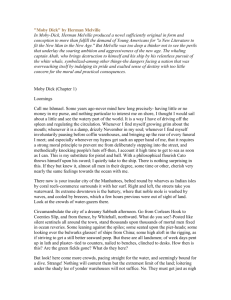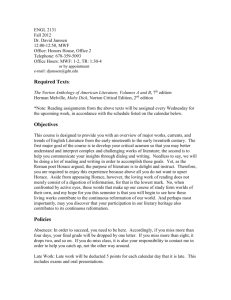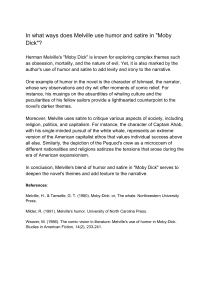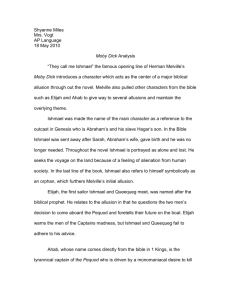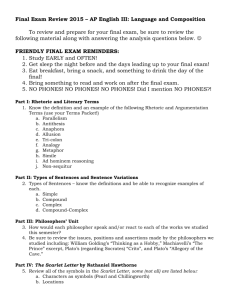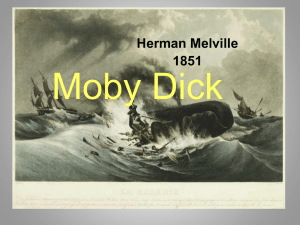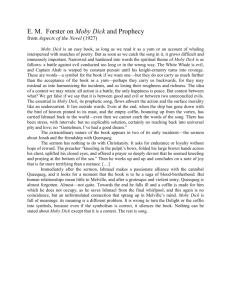How does Melville use Biblical references and allusions in Moby Dick
advertisement
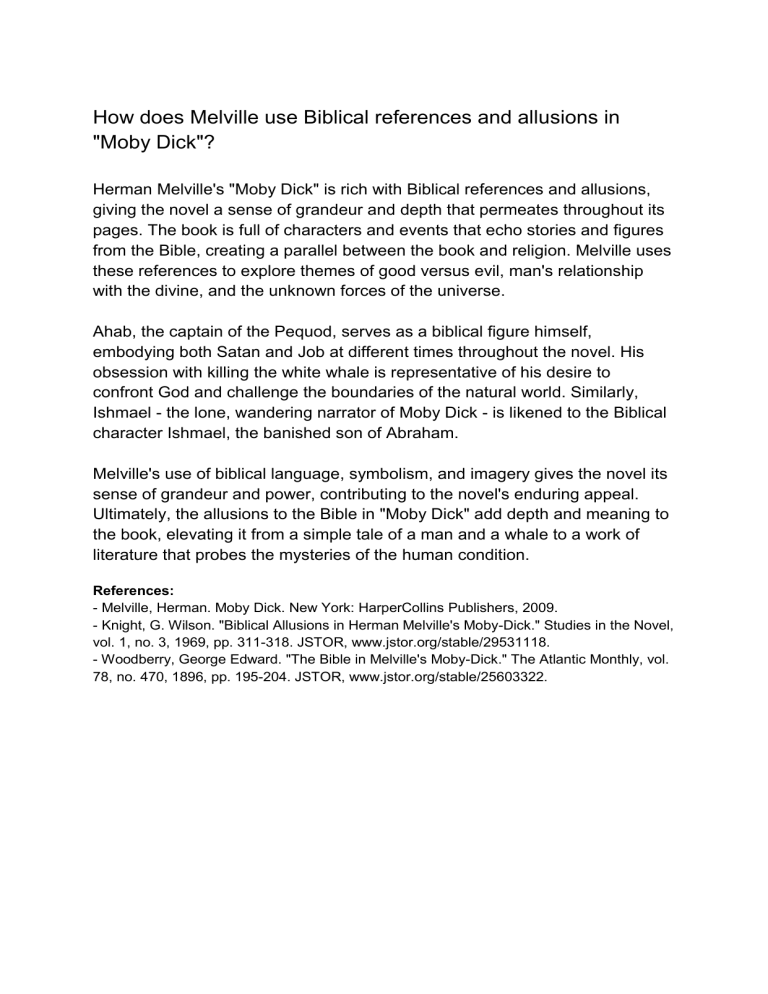
How does Melville use Biblical references and allusions in "Moby Dick"? Herman Melville's "Moby Dick" is rich with Biblical references and allusions, giving the novel a sense of grandeur and depth that permeates throughout its pages. The book is full of characters and events that echo stories and figures from the Bible, creating a parallel between the book and religion. Melville uses these references to explore themes of good versus evil, man's relationship with the divine, and the unknown forces of the universe. Ahab, the captain of the Pequod, serves as a biblical figure himself, embodying both Satan and Job at different times throughout the novel. His obsession with killing the white whale is representative of his desire to confront God and challenge the boundaries of the natural world. Similarly, Ishmael - the lone, wandering narrator of Moby Dick - is likened to the Biblical character Ishmael, the banished son of Abraham. Melville's use of biblical language, symbolism, and imagery gives the novel its sense of grandeur and power, contributing to the novel's enduring appeal. Ultimately, the allusions to the Bible in "Moby Dick" add depth and meaning to the book, elevating it from a simple tale of a man and a whale to a work of literature that probes the mysteries of the human condition. References: - Melville, Herman. Moby Dick. New York: HarperCollins Publishers, 2009. - Knight, G. Wilson. "Biblical Allusions in Herman Melville's Moby-Dick." Studies in the Novel, vol. 1, no. 3, 1969, pp. 311-318. JSTOR, www.jstor.org/stable/29531118. - Woodberry, George Edward. "The Bible in Melville's Moby-Dick." The Atlantic Monthly, vol. 78, no. 470, 1896, pp. 195-204. JSTOR, www.jstor.org/stable/25603322.
